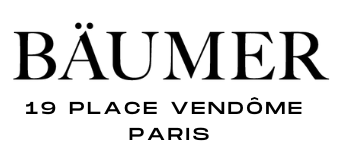What are the stages of creation of a jewel?
The design of a jewelry model requires going through different stages listed below:
The drawing

The majority of jewelry is first designed by a designer according to the latter's inspiration. This design can also (and increasingly) be done on a computer.
The Wax Model
Once the drawing is completed, a model maker interprets it in 3 dimensions, that is to say, he sculpts it on wax, respecting the technical requirements. Also at this stage, the computer can create a 3D vision of the jewel which will be used to make it.
Lost wax casting

The wax previously produced is then entrusted to a melter. It is placed among other wax models on a casting tree also called a wax tree. The latter is then molded in a special plaster into which the founder injects molten metal under high pressure. The high temperature and pressure melt the wax which flows out through a hole left at the bottom of the mold, and the metal replaces the wax to form the skeleton of the jewelry.
It is then necessary to allow the plaster mold to cool before breaking it to recover the rough jewelry blanks. The latter, still attached to the casting shaft, are then cut and reworked in the workshop to improve the finish.
Molding
After the previous step, the jeweler obtains a metal model, often in silver, which is again entrusted to the foundryman so that the latter proceeds with the final casting. This mould, made of rubber, makes it possible to draw as many waxes as desired in order to automate production.
The Font
The wax prints from the previous stage are then again placed on a casting tree and plastered for a lost wax casting. On the other hand, the metal used is the one desired for the final jewel (ie gold for Bäumer Vendôme).
The print obtained, called cast iron, is reworked in the workshop. The jewels are cut from the tree, smoothed and massaged to remove imperfections. Moreover, with regard to the rings and in the case where the size of the finger ordered is not that of the print, it must be modified.
Polishing

The jewels are then polished to finish smoothing them and making them shiny.
Crimping

If the jewel must include stones, all the previous steps concern the skeleton of the jewel (also called setting, or the metal part of the jewel).
The setter must then fix the stones on the setting according to the type of setting desired (claw, closed, half closed, grain, etc.).
Rhodium plating
For white gold jewelry, a rhodium plating is added to make the jewelry shiny.
Final polishing
Finally, a final polishing is carried out to perfectly shine the metal and give all its shine to the jewel.
Punching
All jewelry weighing more than 3 grams must be hallmarked, i.e. they must receive two hallmarks: that of the Master (i.e. of the workshop) and that of the State (which guarantees the titling of metals , i.e. 375 for 9K gold and 750 for 18K gold).












